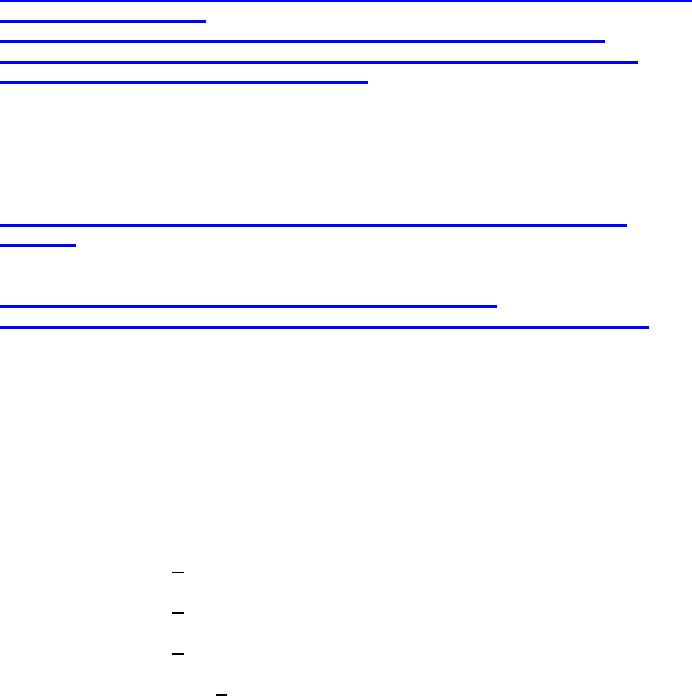
in which power can be dialed up or down as desired, NLW provide
tools to allow a commander to employ sufficient force to
accomplish an objective without requiring the destruction of an
enemy or the habitat. The intent of employing NLW is not to add
another step in the progression of escalation with an adversary,
but to add another tool to use anywhere along that continuum.
The Training Supervisor is responsible for ensuring all
personnel assigned to Security duties are properly qualified in
the use of NLW by completing the required curriculum.
(1) Examples of nonlethal means include: a show of force,
physical obstacles, riot control agents (RCA), noise to create
or enhance psychological effects, smoke and obscurants to mask
operations or defeat homing and guidance mechanisms, batons,
handcuffs/restraints, and use of light to disorient combatants.
d. Use of Force.
(1) Serious Bodily Harm. Does not include minor
injuries, such as a black eye or a bloody nose, but does include
fractured or dislocated bones, deep cuts, torn members of the
body, serious damage to the internal organs, and other life-
threatening injuries.
(2) Deadly Force. Force that a person uses causing, or
that a person knows or should know would create a substantial
risk of causing, death or serious bodily harm.
(a) Deadly force is justified only under conditions
of extreme necessity and when all three of the following
circumstances are present:
1. Lesser means have been exhausted, are
unavailable, or cannot be reasonably employed,
2. The risk of death or serious bodily harm to
innocent persons is not significantly increased by use, and
3. The purpose of its use is one or more of the
following:
a. Inherent Right of Self-Defense. Deadly
Force is authorized when DoD Unit Commanders reasonably believe
that a person poses an imminent threat of death or serious
bodily harm to DoD Forces. Unit self-defense includes the
Chapter 9: Weapons & Use of Force
9-6

